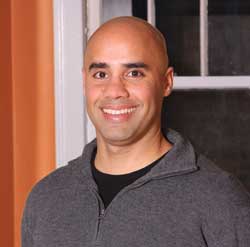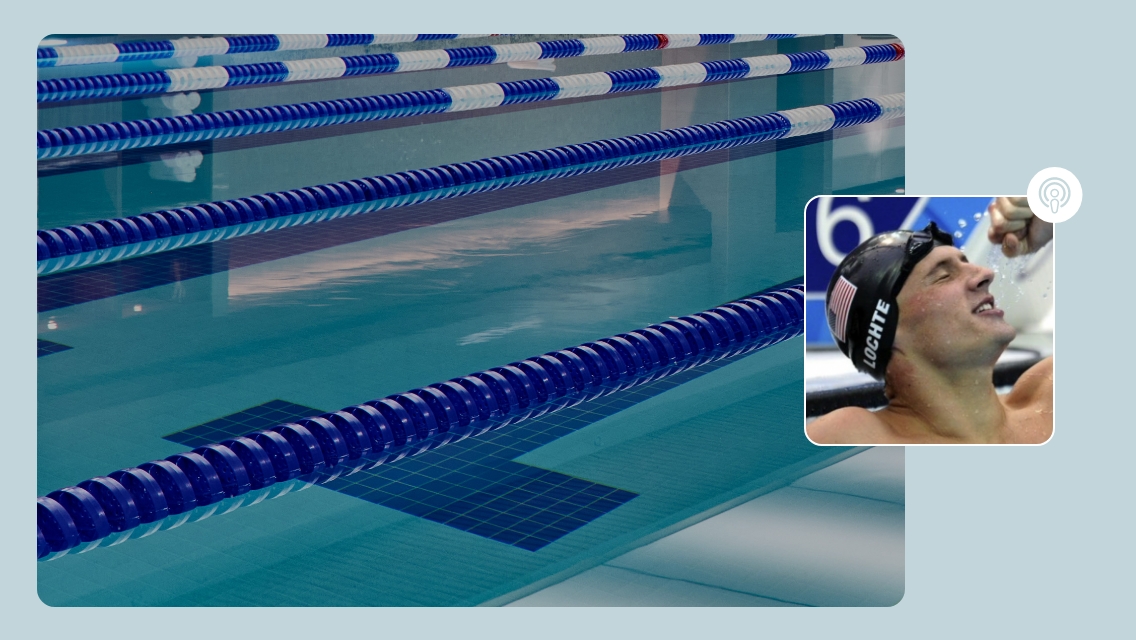Whether swimming laps is already part of your fitness regimen, or you need to start swimming more as part of a cross-training or triathlon-prep plan, you’ll get big benefits from strengthening your freestyle stroke.
This is the classic “crawl” stroke most swimmers use to churn through the water in swim-bike-run events, and while it’s one many of us learned at an early age, our technique often leaves much to be desired. “Often, swimmers maintain poor body position, elevating the head, which causes the lower body to submerge,” says Craig Strong, a Chicago-based swim and triathlon coach. “This off-balance posture creates frictional resistance, or drag, underwater. When this happens, you lose more energy fighting gravity and trying to stay afloat than moving forward.”
“In practice sessions, focus on one thing at a time.”
See more tips from Strong, below. Keep in mind that perfecting your stroke can take years, so be patient, he advises. “In practice sessions, focus on one thing at a time.”
Pull Phase

1. Picture that you’re pulling your body over your hand, not that you’re pulling your hand through the water.
2. Keep your head in a neutral position, so that your neck remains aligned with your spine when your face is immersed in the water.
3. To minimize leg drag, press your chest down and keep your hips up near the surface, as if you are swimming downhill.
4. As you move your arm through the water, try to hold on to as much water as possible. Keep your fingers slightly spread to maximize your surface area.
Recovery Phase

1. During the recovery phase, keep your elbow high. As your recovery arm becomes your lead arm, maintain a high elbow so that your forearm is vertical when it hits the water (this provides the most traction).
2. Breathe every three strokes, alternating sides. Turn your head to the side so that your mouth emerges slightly above the water line, inhaling as your mouth clears the water.
3. As you kick, point your toes and kick from your hips, letting your knees bend slightly. Kick primarily for balance, not for propulsion (your upper body will be doing most of the hard work).
4. Use your hips to generate more momentum. As your hand enters the water, rotate your same-side hip downward.
5. Before you begin pulling with your lead arm, move your recovery arm past your head. This leaves one hand in front of your head at all times.
 Featured Expert:
Featured Expert:
Craig Strong has been coaching competitive swimmers — from beginners and NCAA collegians to elite seniors — for 20 years. The Chicago-based coach holds a Level II certification from USA Triathlon and a Level IV certification from the American Swim Coaches Association.
(This article has been updated. It originally appeared in the January/February 2013 issue of Experience Life).





This Post Has One Comment
This advice on technique is helpful.